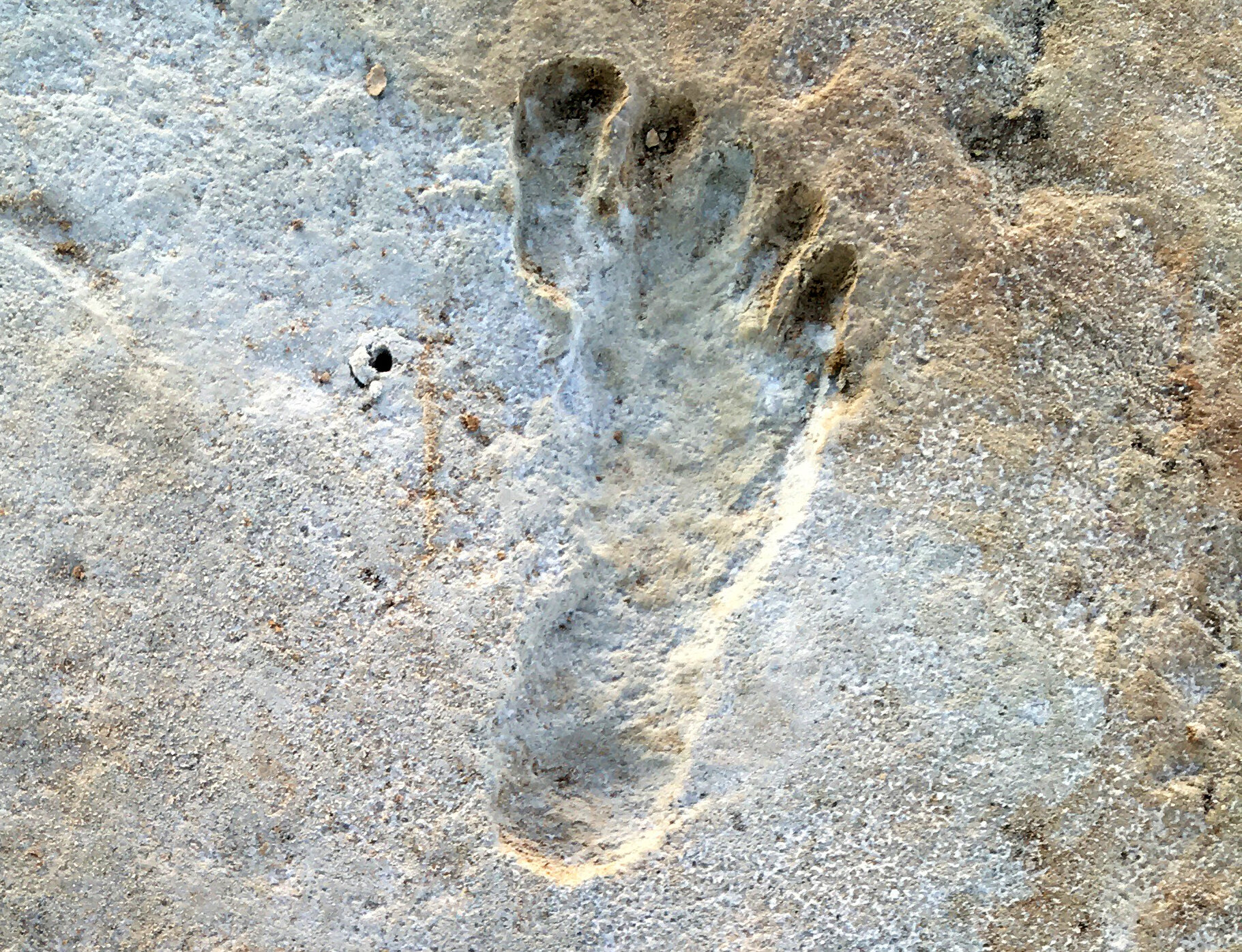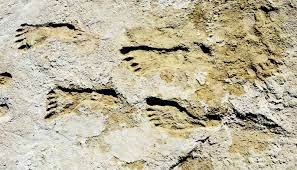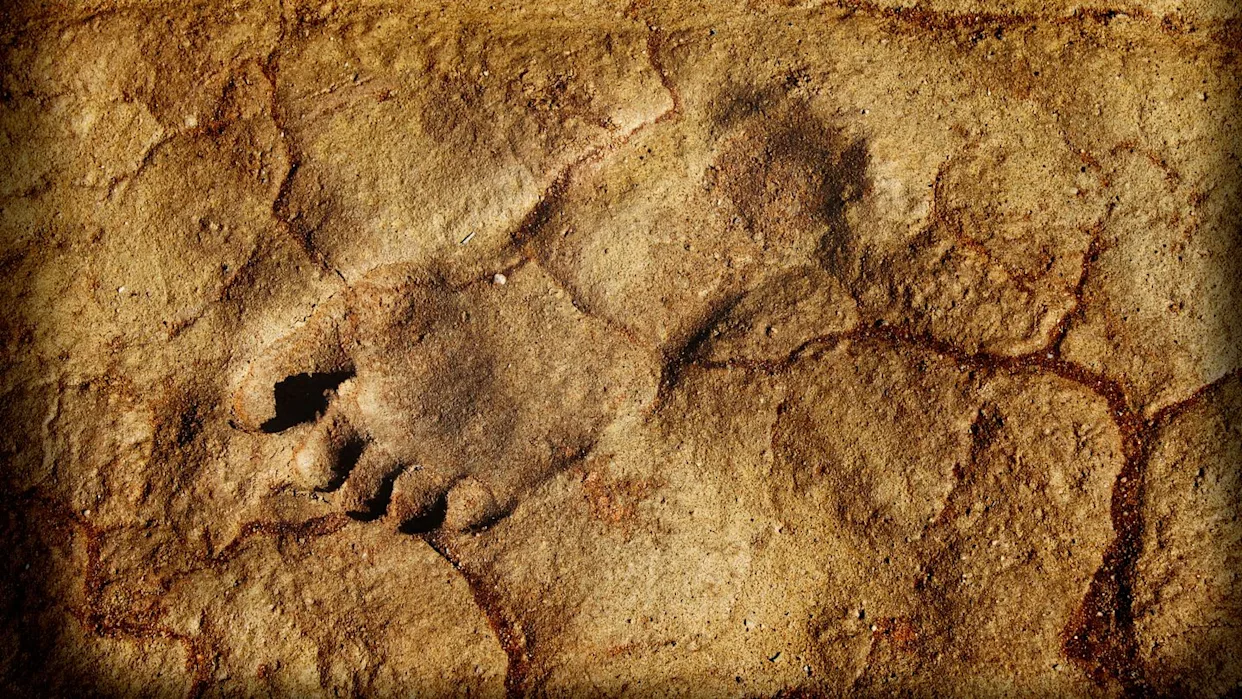Ancient Footprints from 23,000 Years Ago Challenge Established Theories on America’s First Inhabitants
A groundbreaking discovery at White Sands National Park in New Mexico has sent shockwaves through the archaeological community: ancient human footprints dating back approximately 23,000 years ago. These remarkably preserved trackways, found in the ancient lakebeds of what was once Lake Otero, offer compelling evidence that humans were present in North America during the Last Glacial Maximum, the coldest part of the last ice age. This finding directly challenges the long-standing “Clovis First” theory, which has for decades posited that the Clovis culture, appearing around 13,000 years ago, represented the earliest widespread human presence on the continent.

The initial dating of these footprints in 2021, based on radiocarbon dating of Ruppia cirrhosa seeds found in the same sediment layers as the prints, sparked considerable debate. Critics questioned the reliability of dating the seeds, suggesting potential issues like the “reservoir effect” (where plants might incorporate older carbon from the water). However, recent studies have rigorously re-examined the evidence, employing multiple independent dating methods on different materials—including conifer pollen and mud cores from the trackway layers—all consistently pointing to the same astonishing age range of 21,000 to 23,000 years ago. This multi-faceted confirmation significantly strengthens the case for humans being in the Americas far earlier than previously thought.

The implications of the White Sands footprints are profound. They suggest that early humans successfully navigated and survived a much harsher, ice-age environment than the later Clovis people. This pushes back the timeline for human migration into the Americas by thousands of years, lending significant support to “pre-Clovis” hypotheses that propose earlier routes of entry, possibly along coastal corridors, at a time when the traditional ice-free inland corridor was still impassable. While the exact origins and spread of these early inhabitants remain subjects of intense research, these ancient footprints offer an undeniable and tangible link to a much older human story in the Americas, forcing a fundamental re-evaluation of established theories on the continent’s first inhabitants.